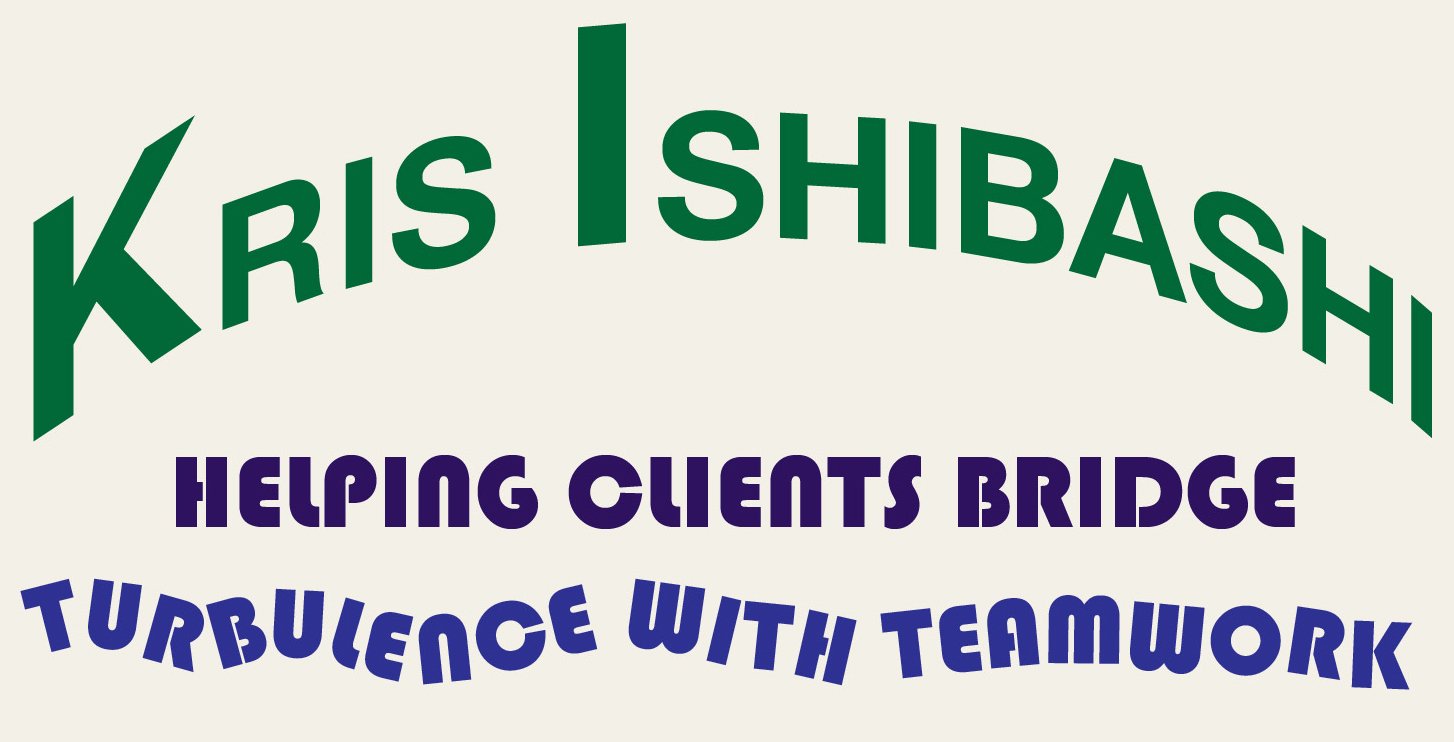We have all been there. We have decided on a solid course of action. We gather the facts and put together a tight, logical, and forceful argument that we are sure is convincing. We deliver it well, only to be met with a wall of resistance from a key person. We are trapped by that person’s resistance, apathy, hostility, neediness and/or fear. We think that there is nothing we can do about it and it leaves us feeling frustrated and angry.
This happened to me more often than I would like to admit. It made me think unkind thoughts about my colleagues, and sometimes question my own competence. I thought that it was a flaw in my presentation or logic, until one day I heard someone talking about hostage negotiations.
He said that the cycle of persuasion works as follows:
- Resistance moves to to Listening
- Listening moves to Considering
- Considering moves to Willing to act
- Willing to act moves to Doing
The hostage negotiator starts at step one because the negotiator needs to give the hostage taker a reason to start talking. Only after the negotiator makes the hostage taker feel heard, is that hostage taker willing to listen and they work on step two.
My mistake when I met with resistance was starting at step two, where I assumed that the person resisting me was actually listening. I should have started at step one.
So as leaders, our first step, when encountering resistance is to get people to listen to us. By using the right strategies, they will be willing to listen, and then you can move them through the cycle.
How do you get someone to listen? You must first start by listening to them.
- Approach them privately with curiosity and invite them to share what’s on their mind in a non-threatening way.
- Keep you body language open - no crossed arms or legs.
- Whatever they say, acknowledge and validate their feelings, even if you don’t agree with them. If you don’t agree with them you can say something like, “It’s understandable that ___ would make you feel that way.”
- Encourage them to talk by nodding and asking them to “Tell me more.”
- Ask open ended questions - that is questions that can’t be answered with yes or no, and start with how or why?
Making people feel heard is a powerful way to open up lines of connection and communication. You may find that you may need to make adjustments to your plan, but isn’t arriving at a course of action that the whole team can get behind what it’s all about?
QUESTION: How do you open lines of communication when someone is resisting you?
====================================================================
Leadership/Career Coach Kris Ishibashi works with leaders to bring together their skills, their authentic selves, and their intentions to inspire their organizations to superior performance. Click here to set up a complimentary consultation.


